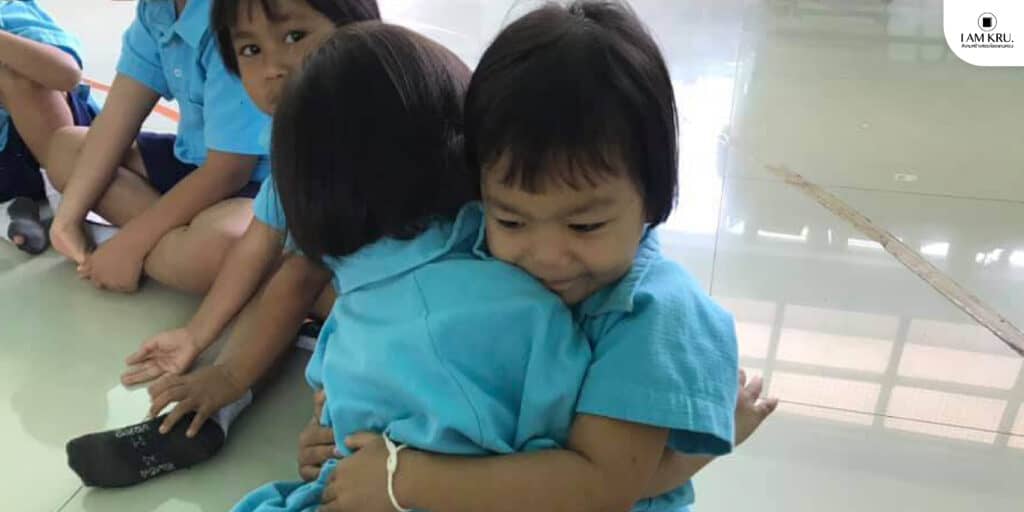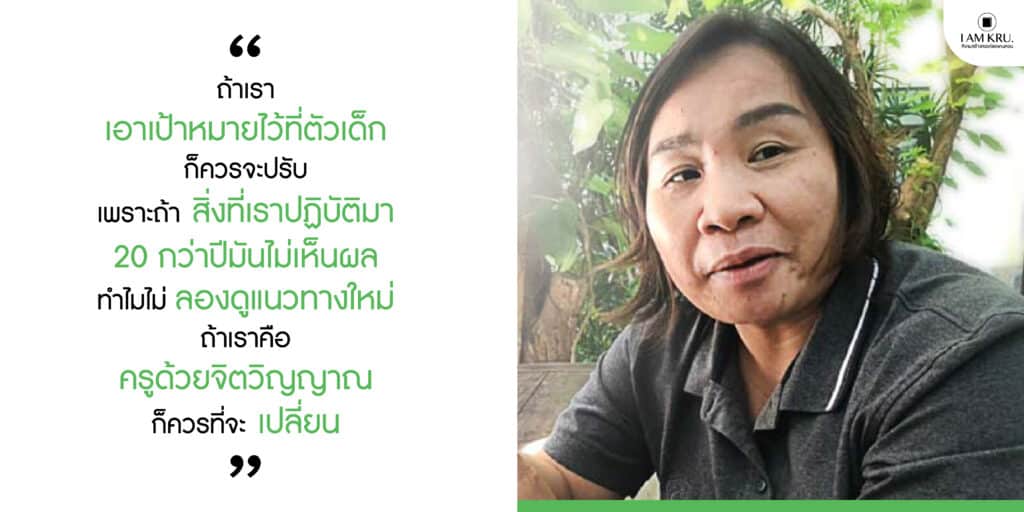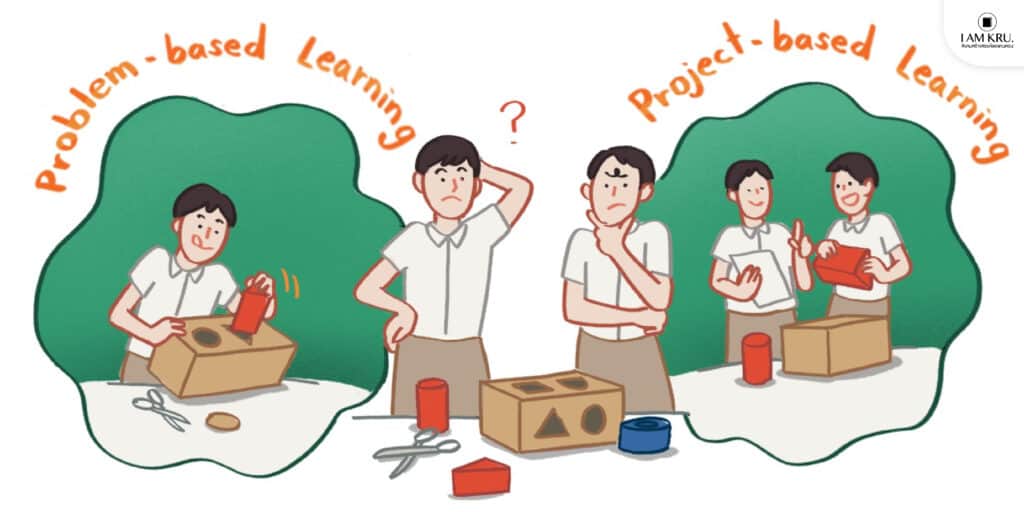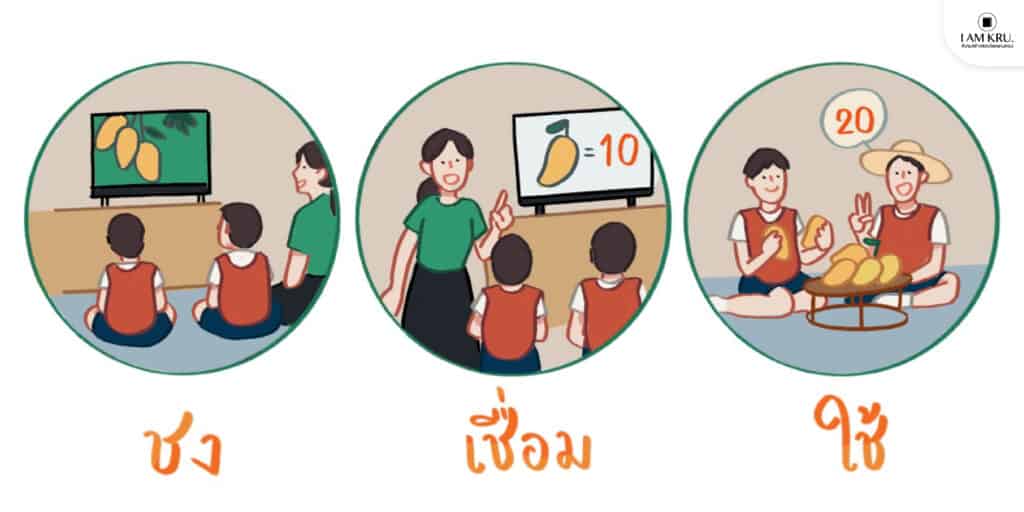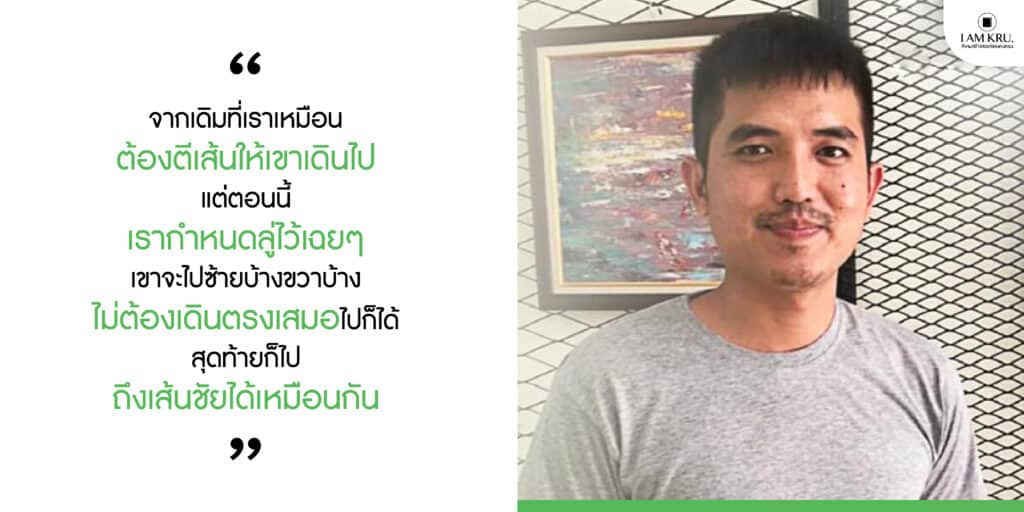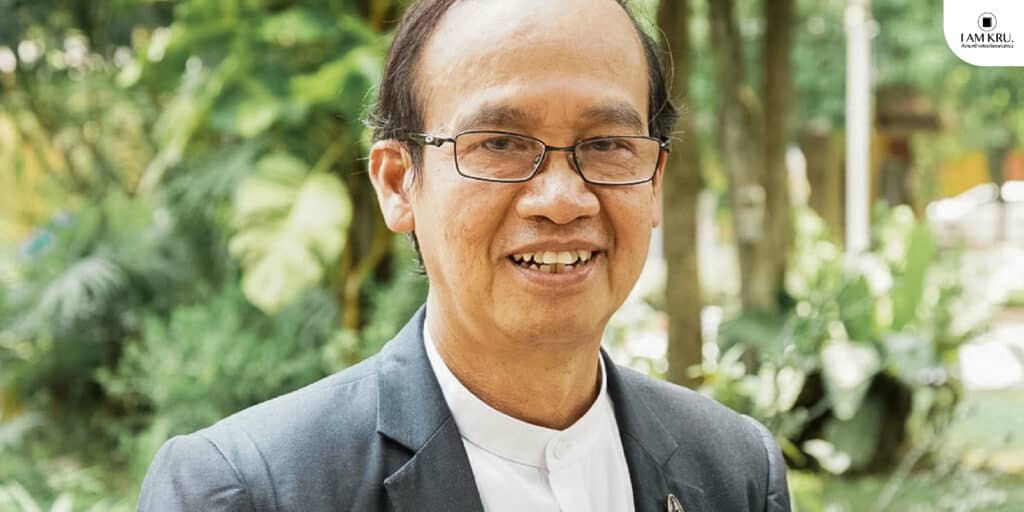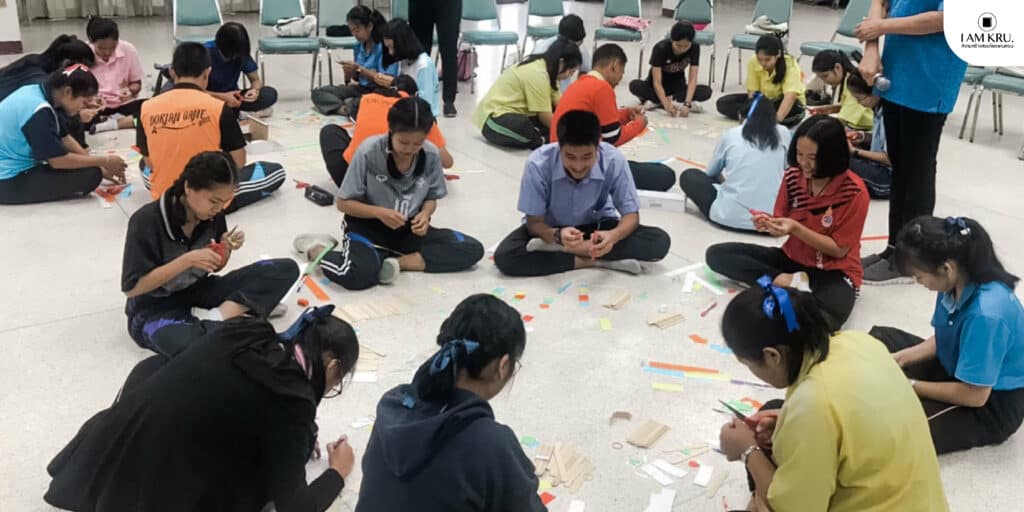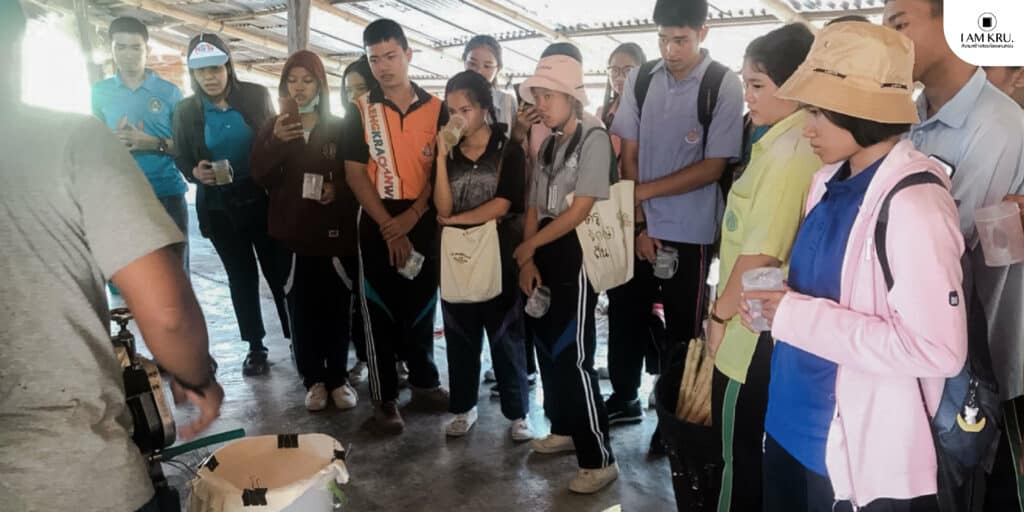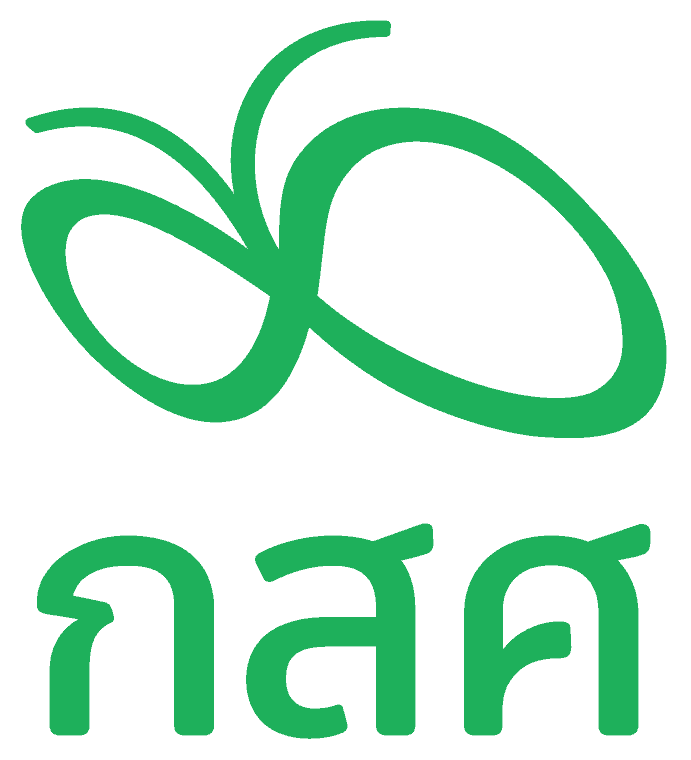“We don’t need more schools; we need better-quality schools. This tool will focus on enhancing the quality for children,”
said Dr. Nanthaporn Chanchalia Seributra, President of the Starfish Country Home School Foundation.
Developing uniform standards of educational quality across schools nationwide is a crucial aspect of addressing educational disparities, a focus of the Education Equity Fund (EEF). The EEF has been continuously working on the Teacher and School Development Program (TSQP) to improve the quality of schools throughout the country, enabling them to develop independently without relying on central support. This is achieved by equipping children with the knowledge and skills for the 21st century in 288 target schools across 35 provinces in all regions of Thailand.
A key partner in the TSQP project is the Starfish Country Home School Foundation, which has been consistently working to improve educational quality. Led by Dr. Nanthaporn Chanchalia Seributra , an expert in Project Based Learning (PBL), the foundation uses problems as a basis to create a new learning process for children, making education more engaging than the traditional lecture-based approach.
Currently, the foundation collaborates with the EEF to mentor over 60 medium-sized schools in Chiang Mai, Lamphun, and Samut Sakhon, areas where the foundation already operates. This collaboration extends the foundation’s existing work and supports other schools, including access to Starfish Labz, an online learning platform for teachers involved in the project. This platform focuses on developing modern skills in children through educational technology.
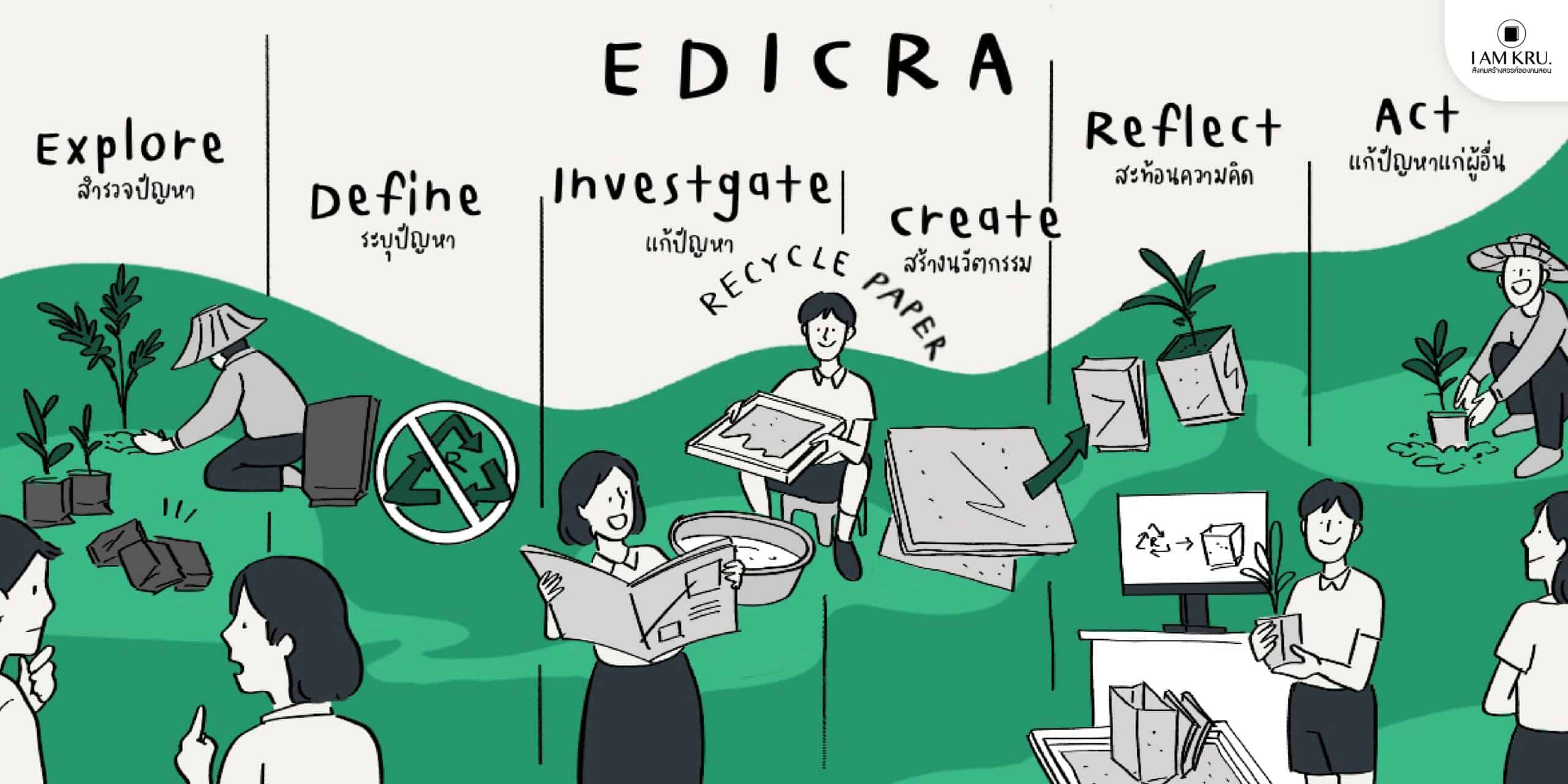
Educational Development through the EDICRA Process
‘Explore – Define – Investigate – Create – Reflect – Act’
The heart of the foundation’s Project Based Learning (PBL) teaching approach is a process known as EDICRA. This process is designed to enable students to successfully solve given problems independently, aligning with the objectives of Project Based Learning. This approach allows children to connect classroom knowledge with their real lives and independently produce works or projects based on a “problem” challenge initiated by the teacher or chosen by the students themselves. Teachers serve as advisors throughout the process but do not provide step-by-step instructions, fostering independent thinking and problem-solving skills in students.
The process begins with Explore, where students investigate a problem, followed byDefine, where they identify exactly what they will be addressing. TheInvestigate phase involves delving into solving the problem, including designing products, arranging formats, and more. This is followed by Create, where innovations are developed to solve the problem, and Reflect , where students consider whether the outcomes are satisfactory. The final phase, Act, involves making a difference with the innovation and solutions discovered, which students then share with their own communities, both within and outside the school. This ensures that the knowledge gained and discoveries made extend beyond the classroom.
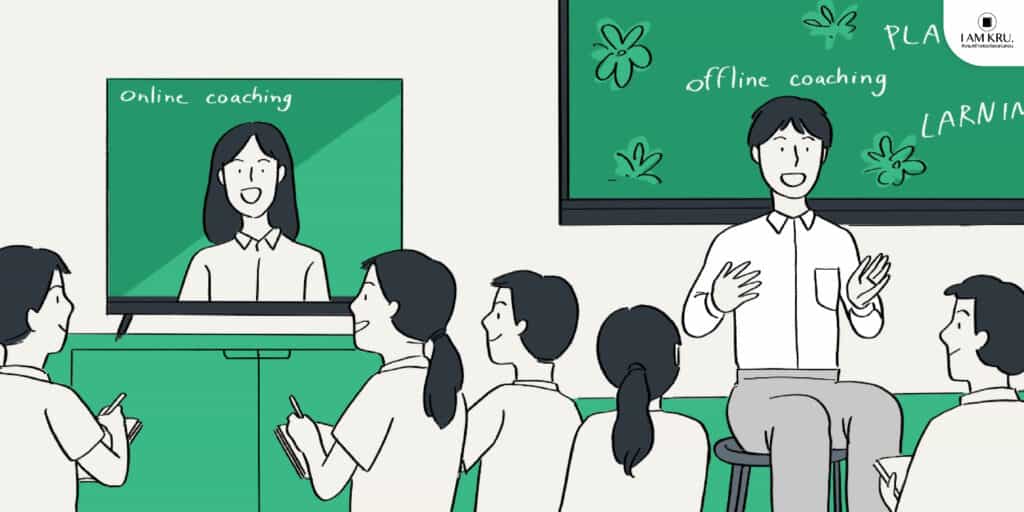
Implementing Technology for New Learning Methods
Dr. Nanthaporn explained that previously, the Starfish Country Home School Foundation worked at Ban Pla Dao School, a private institution located in Mae Taeng District, Chiang Mai. The school emphasized problem-based learning, innovations in literacy, and activities promoting self-directed learning. This approach developed students’ learning skills from encountered problems, laying the foundation for future problem-solving thinking. The EDICRA teaching method was employed to encourage children to think critically about real issues and solve them through tangible processes, showing clear developmental progress in the students.
Regarding the collaboration with the EEF, Dr. Nanthaporn mentioned that the project includes both online and offline coaching. Throughout the project, coaches are sent to schools for training four times per term, which is considered quite frequent. On the other hand, there is also an online platform available for teachers to access additional knowledge whenever convenient.

Implementing the EDICRA Process in a Real Classroom
The detailed steps of the EDICRA process are exemplified in the classes at Ban Pla Dao School (Starfish Labz), particularly in the primary students’ project subject. Teachers initiate the process by allowing students to select a topic they are passionate about. Some students choose personal issues, community problems, others contemplate solutions to mosquito infestations, or even tackle odor issues within the community. Following their selection, students independently seek out problem-solving methods, with teachers assisting and guiding their efforts. One student devised an oil splatter reducer that could be practically used in the community. This approach encompasses every facet of the school’s design, including community leadership, evaluation methods, learning environment, technology, and the structural and administrative foundation of the school. Change must extend beyond just altering in-class teaching methods to achieve sustainability; it necessitates the development of multiple elements to effectuate transformation.
“The goal is that when we assist in facilitating the process, change occurs, both within the classroom environment and in teaching methods, which become more aligned with the school system. It enhances Active Learning and furthers the development of children’s skills. We believe that if we take action, we will see the results of these changes as early as the first term, where children will exhibit creativity. Many teachers who join the program want to change already, recognizing that traditional methods no longer suffice because they do not meet 21st-century requirements. They are eager to change but might be seeking tools and methods to help, which is where Starfish’s tools come in to fill the gap,”
The EDICRA teaching process implemented at Ban Pla Dao School has garnered significant interest. Various schools have requested to observe the process, prompting the foundation to expand from small activities to the Starfish Maker Partnership project. This aims to develop classroom teaching and advance the teaching profession. Currently, the foundation works with teachers from over 62 different schools.
“In the end, it will address the issue of educational disparity because the innovation we introduce for teaching allows teachers to change their teaching methods and improve classroom quality. This can be done without reliance on a budget but by changing the mindset using existing resources, enhancing classroom quality that can be applied no matter how remote the school is. Thus, it is seen as a way to help reduce disparities because we do not just need more schools; we need schools of higher quality. This tool emphasizes enhancing the quality of the children,”
ดร.นรรธพรกล่าวDr. Nanthaporn Chanchalia Seributra stated.
86
Writer

- เอื้อการย์ โรจนจิรไพศาล (มะแม้ว)
- นักเขียนผู้หลงรักการผจญภัยในเมือง ปรัชญาในชีวิตจริง และการไป Cafe Hopping ทั่วทุกมุมเมือง
